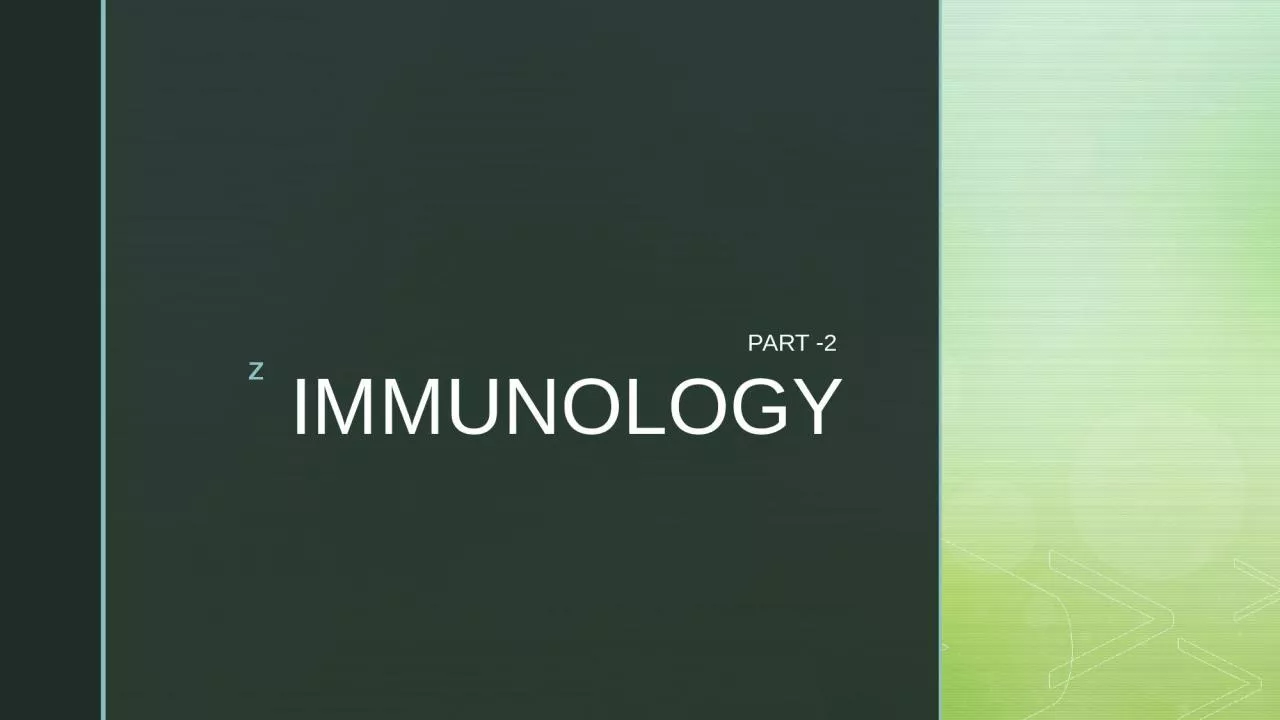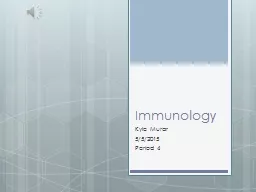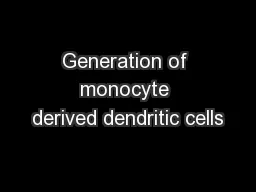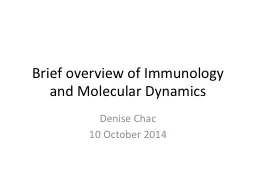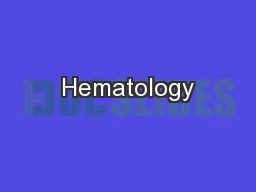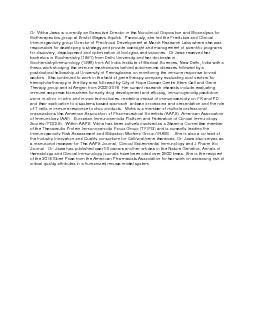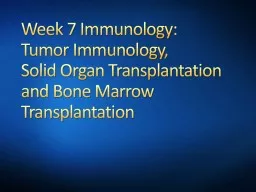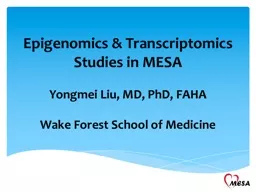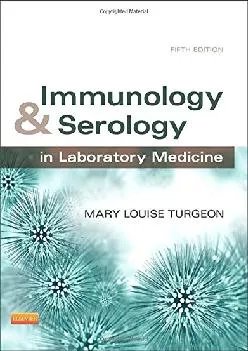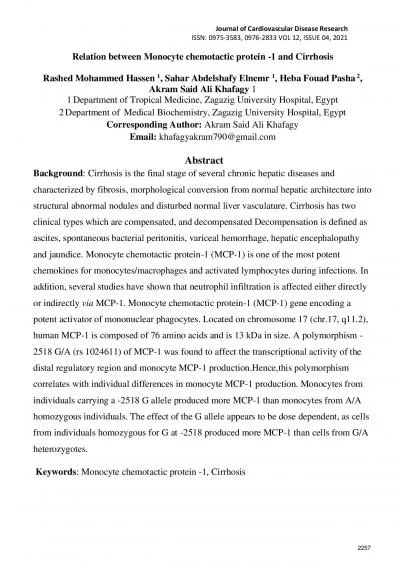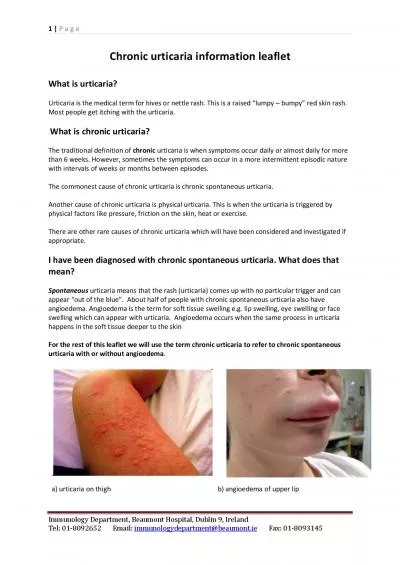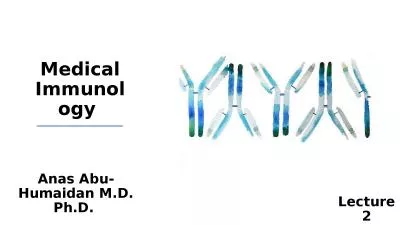PPT-IMMUNOLOGY PART -2 MONOCYTE
Author : gelbero | Published Date : 2024-01-13
These are largest WBCs These enlarge to form macrophages phagocytes These function as antigen presenting cells APCs LYMPHOCYTE These are main cells of immune
Presentation Embed Code
Download Presentation
Download Presentation The PPT/PDF document "IMMUNOLOGY PART -2 MONOCYTE" is the property of its rightful owner. Permission is granted to download and print the materials on this website for personal, non-commercial use only, and to display it on your personal computer provided you do not modify the materials and that you retain all copyright notices contained in the materials. By downloading content from our website, you accept the terms of this agreement.
IMMUNOLOGY PART -2 MONOCYTE: Transcript
Download Rules Of Document
"IMMUNOLOGY PART -2 MONOCYTE"The content belongs to its owner. You may download and print it for personal use, without modification, and keep all copyright notices. By downloading, you agree to these terms.
Related Documents

